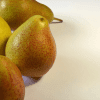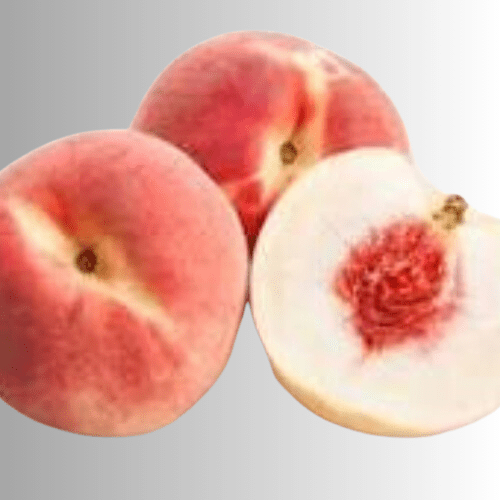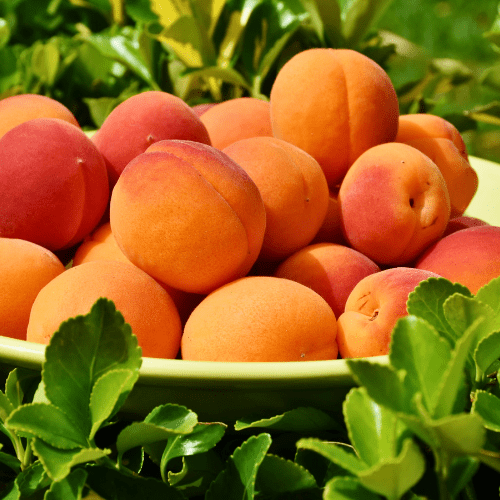Position
Like most fruit trees, Forelle pear trees prefer full sun exposure, which means at least 6-8 hours of direct sunlight daily.When planting a Forelle pear tree, choose a location with good sun exposure and adequate space for the tree to grow. Plant it in the early spring when the soil is workable, and the risk of frost has passed. Forelle pear trees thrive in temperate climates with distinct seasons. They require a chilling period during winter to break dormancy.
Well drained soil is essential for Forelle pear trees. They prefer loamy soil with a slightly acidic to neutral pH level (around 6.0 to 7.0). Add organic matter to improve its structure if your soil is too heavy or poorly drained.
Planting
When planting a Forelle pear tree, choose a location with good sun exposure and adequate space for the tree to grow. Plant it in the early spring when the soil is workable, and the risk of frost has passed.
Soil Type
Pear trees thrive in loamy, sandy soil. Dig a hole large enough to accommodate the root system and add compost or well-rotted manure to the soil for better nutrient availability.
Watering
Newly planted pear trees need frequent watering to establish their root systems. Water them deeply once a week during their first growing season. Ensure the soil stays consistently moist but not waterlogged.
Established Trees: Once established, pear trees are less needy but still require regular watering, especially during dry periods. A mature pear tree generally needs about 1 inch of water per week from rainfall or supplemental irrigation.
Water deeply to encourage deep root growth. Shallow watering can lead to shallow roots, which makes the tree more susceptible to drought. Apply water slowly to allow it to penetrate the soil thoroughly. Drip irrigation systems deliver water directly to the root zone, minimizing water wastage and reducing the risk of fungal diseases that can occur with overhead watering.
Mulch
Apply organic mulch to your pear tree all year round.
Use from 2 to 5 centimetres of pine bark mulch to protect the roots from UV damage and drying out. It retains moisture, and maintains an optimal pH. Do not let the mulch touch the plant stem, as it may cause infection or rot.
Watering
Newly planted pear trees need frequent watering to establish their root systems. Water them deeply once a week during their first growing season. Ensure the soil stays consistently moist but not waterlogged.
Established Trees: Once established, pear trees are less needy but still require regular watering, especially during dry periods. A mature pear tree generally needs about 1 inch of water per week from rainfall or supplemental irrigation.
Water deeply to encourage deep root growth. Shallow watering can lead to shallow roots, which makes the tree more susceptible to drought. Apply water slowly to allow it to penetrate the soil thoroughly. Drip irrigation systems deliver water directly to the root zone, minimizing water wastage and reducing the risk of fungal diseases that can occur with overhead watering.
The frequency of watering depends on the weather, soil type, and tree age. Sandy soils drain quickly and may require more frequent watering, while clay soils retain moisture longer.
Fertilising
Apply our slow-release all-plant fertiliser. Apply 1 teaspoon every 4-5 months. The roots will absorb what they need.
Alternatively, apply a balanced fertiliser (such as 10-10-10) in early spring before new growth begins. Thereafter fertilise annually in early spring.
Pruning
Cut your tree to about four healthy shoots every winter, and thin out excess and unruly spurs. This encourages fruit and flowers to grow.
Pests and Diseases
Pear trees are susceptible to various pests and diseases impacting their health and productivity.
Regularly inspect your pear trees for signs of pests and diseases.
Prune trees to improve air circulation and reduce the spread of diseases.
Remove and destroy infected plant debris to reduce disease spread.
Treat promptly or preferrably use preventative measures by spray with agricultural Neem Oil or Effective Microorganisms (EM Control)
Thinning Fruit
Thin fruit in early summer when they are small, to promote larger, healthier fruit and prevent branch breakage due to excessive weight.
Harvesting: Forelle pears are usually ready for harvest in late summer to early autumn. The pears should be picked when they are still firm but have achieved their mature color: a yellow-green base with distinctive red or maroon speckles.






